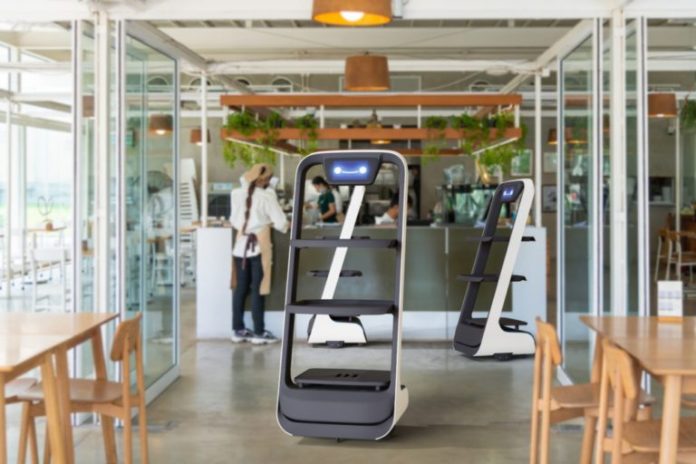
The food and beverage industry in the US installed 25% more robots last year to reach 3,402 units in 2021, according to a robotics report by the International Federation of Robotics (IFR). IFR hinted that the increased level of hygiene offered by robotics contributed to the rise in the wake of the Covid-19 pandemic.
The latest IFR report tracks the uptake in robot installations across various industries globally. There are now over 500,000 robots being used across the world’s automotive, electronics, metal and machinery, chemical and plastic production, and food and beverage industries among others.
As expected, the number has been steadily growing since 2011, although there was a slump in 2019 and 2020. According to the report, the rising cost of energy coupled with high intermediate product prices and a shortage of electronic components contributed to the rise in robot installations across major global companies.
“The use of robotics and automation is growing at a breathtaking speed,” said Marina Bill, president of IFR.
“Within six years, annual robot installations more than doubled. According to our latest statistics, installations grew strongly in 2021 in all major customer industries, although supply chain disruptions, as well as different local or regional headwinds, hampered production.”
But what does this mean for the food sector?
Globally robotic installations in the food and beverage industry increased 18% year-over-year, with the US leading the way.
Robots in this sector are increasingly in demand for a few key reasons: hygiene and food safety, supplementing human labor, and saving time.
Other commentators confirmed IFR’s analysis that the industry was using more robots due to concerns about the hygienic processing and handling of food amidst a pandemic, when minimizing contact was a priority.
The pandemic also created a labor shortage as workers contracted the virus, move back to their home countries to be with their families, or were cut due to company financial losses. Even with the spread of the virus subsiding, the labor shortage still lingers, a reality that is making companies, especially restaurants, turn to automation.
According to SVA, a US provider of accounting services, the food and beverages industry had a shortage of 1.3 million workers by the end of April 2021.
Food and beverage automation is still quite some way behind other industries, and it’s unclear if the agriculture industry, where there’s growing appetite among entrepreneurs and investors to create solutions, is included in the definition.

Originally posted on: AGFunderNews




